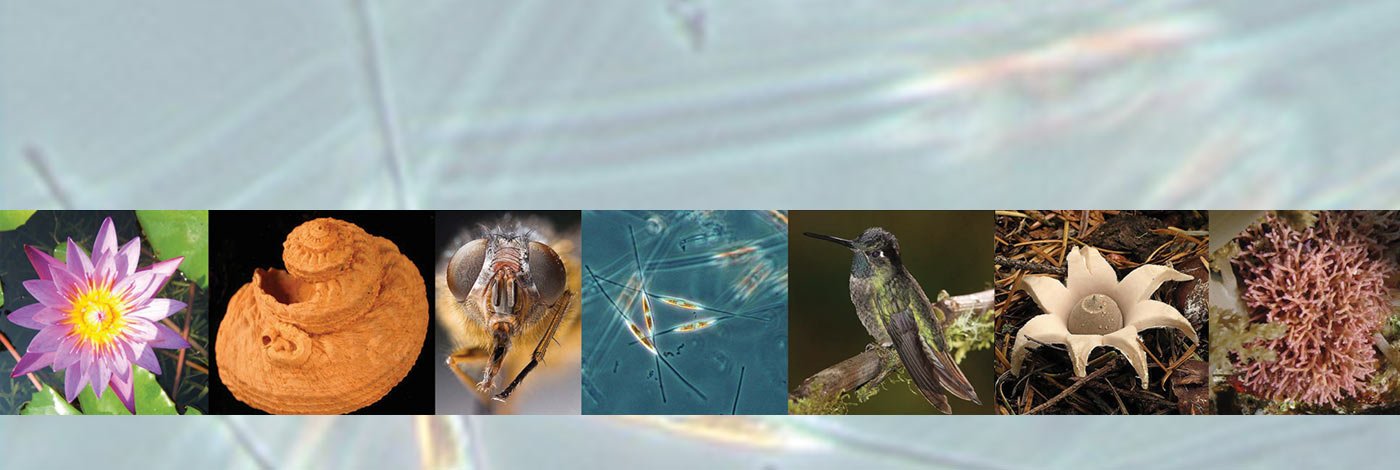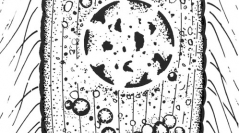

 European Journal of Taxonomy
2016 (191) - Pages 1-18 (EJT-191)
European Journal of Taxonomy
2016 (191) - Pages 1-18 (EJT-191)Generally, “ophrys- related” scuticociliates belong to a specialised group of ciliated protozoa that may act as commensals or pathogens of fishes and crustaceans. In the present study, four “ophrys- taxa” scuticociliates, i.e., Paramesanophrys typica gen. et sp. nov., Mesanophrys carcini (Grolière & Léglise, 1977) Small & Lynn in Aescht, 2001, Metanophrys sinensis Song & Wilbert, 2000, and Metanophrys similis Song et al., 2002, were collected from Chinese coastal waters or mariculture ponds and investigated. Paramesanophrys gen. nov. is assigned to the family Orchitophryidae and differs from its other genera mainly by the position of the paroral membrane relative to membranelle 1–3, i.e., the membrane extends anteriorly to the posterior end of membranelle 3. The type species P. typica gen. et sp. nov., is defined by an elongated body with the posterior end depressed where the caudal cilium is located; 20 or 21 somatic kineties; double-rowed membranelle 1 with eight to ten basal bodies in each kinety; irregularly multi-rowed membranelle 2 and membranelle 3; scutica comprising c. seven or eight kinetosome pairs; a single macronuclear nodule; and marine habitat. The redescription of the three previously known species can be summarized as follows: 1) improved diagnosis is provided for Metanophrys sinensis Song & Wilbert, 2000 based on the original description and the present study; 2) some population-dependent characteristics of our new Mesanophrys carcini isolate are presented; 3) Metanophrys similis, collected from the South China Sea, resembles the original Qingdao population.
Scuticociliates, Paramesanophrys gen. nov., Paramesanophrys typica gen. et sp. nov., Mesanophrys, Metanophrys.